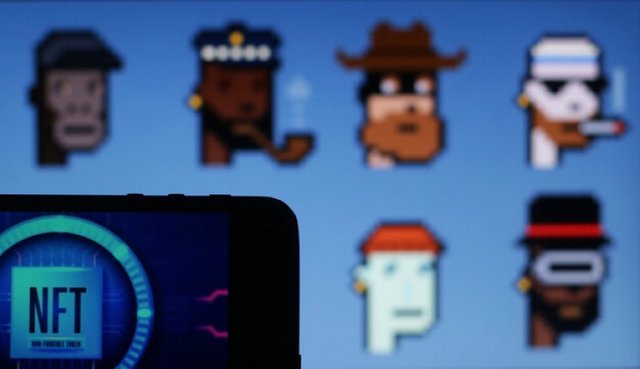
In recent years, Non-Fungible Tokens have surged in popularity, revolutionizing the way digital assets are bought, sold, and traded. As we move further into 2024, the NFT market continues to evolve, presenting lucrative opportunities for entrepreneurs and developers alike. In this comprehensive guide, we'll explore the current landscape of NFT marketplace Developmentand provide insights into how you can innovate and dominate in this rapidly growing industry.
Understanding NFTs:
Before diving into marketplace development, it's crucial to understand what NFTs are and why they've captured the attention of creators, collectors, and investors worldwide. NFTs are unique digital assets that are stored on a blockchain, providing proof of ownership and authenticity. Unlike cryptocurrencies such as Bitcoin or Ethereum, which are fungible and can be exchanged on a one-to-one basis, each NFT has its own distinct value and cannot be replicated or divided.
NFTs can represent a wide range of digital and physical assets, including artwork, music, videos, virtual real estate, collectibles, and more. What makes NFTs particularly appealing is their ability to provide creators with a new way to monetize their work, as well as offering collectors a means to invest in unique and rare digital assets.
The Current State of NFT Marketplaces:
As the demand for NFTs continues to soar, numerous marketplaces have emerged to facilitate the buying, selling, and trading of these digital assets. Some of the most popular NFT marketplaces include OpenSea, Rarible, Foundation, and SuperRare. Each of these platforms offers its own unique features and benefits, catering to different audiences and niches within the NFT community.
However, despite the proliferation of NFT marketplaces, there is still ample room for innovation and improvement. Many existing platforms suffer from issues such as high gas fees, poor user experience, and limited functionality. Additionally, there is a growing need for NFT marketplaces that cater to specific niches or industries, such as gaming, fashion, or music.
Key Considerations for NFT Marketplace Development:
If you're considering entering the NFT marketplace space, there are several key considerations to keep in mind to ensure success:
Market Research: Before diving into development, it's essential to conduct thorough market research to understand the needs and preferences of your target audience. Identify gaps in the market and areas where you can differentiate your platform from existing competitors.
Scalability: As the popularity of NFTs continues to grow, scalability will be critical to the success of your marketplace. Ensure that your platform can handle a high volume of transactions and users without experiencing downtime or performance issues.
User Experience: A seamless and intuitive user experience is essential for attracting and retaining users. Invest in user interface (UI) and user experience (UX) design to create a platform that is easy to navigate and enjoyable to use.
Security: Security is paramount in the world of NFTs, as these digital assets can represent significant value. Implement robust security measures, such as encryption, multi-factor authentication, and smart contract auditing, to protect users' assets and data.
Community Building: Building a strong and engaged community around your NFT marketplace is key to long-term success. Foster communication and collaboration among creators, collectors, and investors, and provide opportunities for users to showcase their work and connect with like-minded individuals.
Innovative Features and Strategies:
To stand out in the crowded NFT marketplace landscape, consider incorporating innovative features and strategies into your platform:
Fractional Ownership: Enable fractional ownership of NFTs, allowing users to purchase shares of high-value assets and invest in a diversified portfolio of digital assets.
Integration with Virtual Reality (VR) and Augmented Reality (AR): Explore opportunities to integrate VR and AR technology into your marketplace, allowing users to experience and interact with digital assets in immersive virtual environments.
Dynamic Pricing: Implement dynamic pricing mechanisms, such as auction or bidding systems, to allow for flexible pricing and greater liquidity in the marketplace.
Social Features: Incorporate social features such as messaging, commenting, and sharing to facilitate communication and collaboration among users.
Niche Market Focus: Consider focusing on a specific niche or industry within the NFT space, such as gaming, art, or music, to differentiate your platform and attract a targeted audience.
Conclusion:
As we move further into 2024, the NFT marketplace landscape continues to evolve and expand, presenting exciting opportunities for innovation and growth. By understanding the needs of your target audience, investing in scalable infrastructure and robust security measures, and incorporating innovative features and strategies into your platform, you can position yourself for success in this rapidly growing industry. With creativity, dedication, and a willingness to embrace change, you can innovate and dominate in the world of NFT marketplace development.